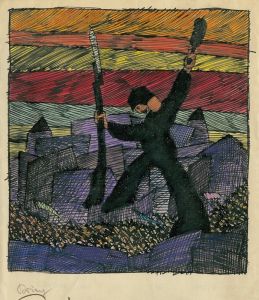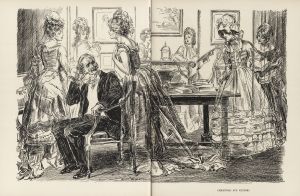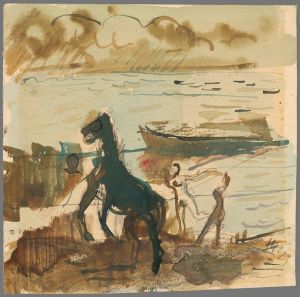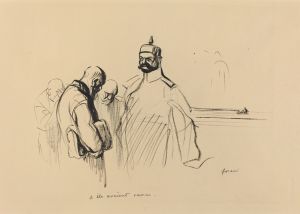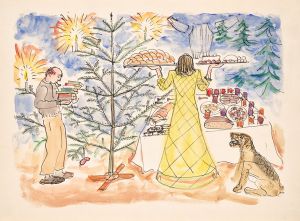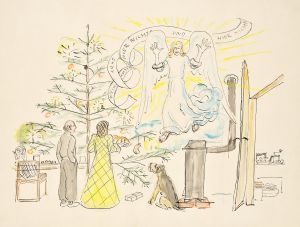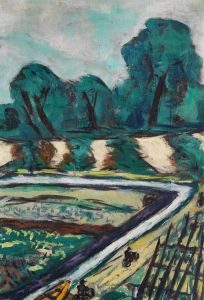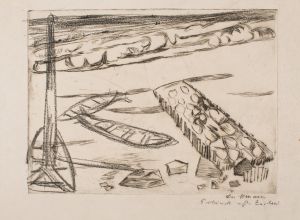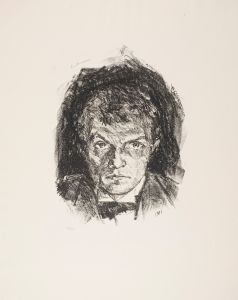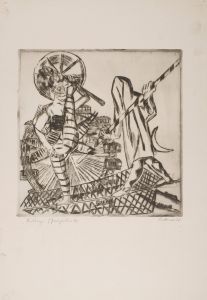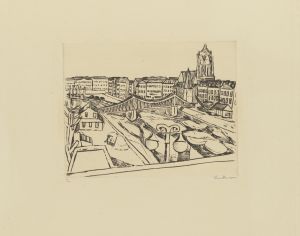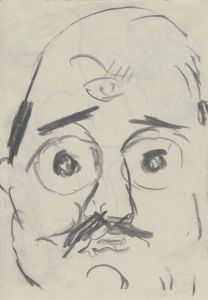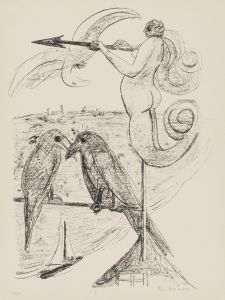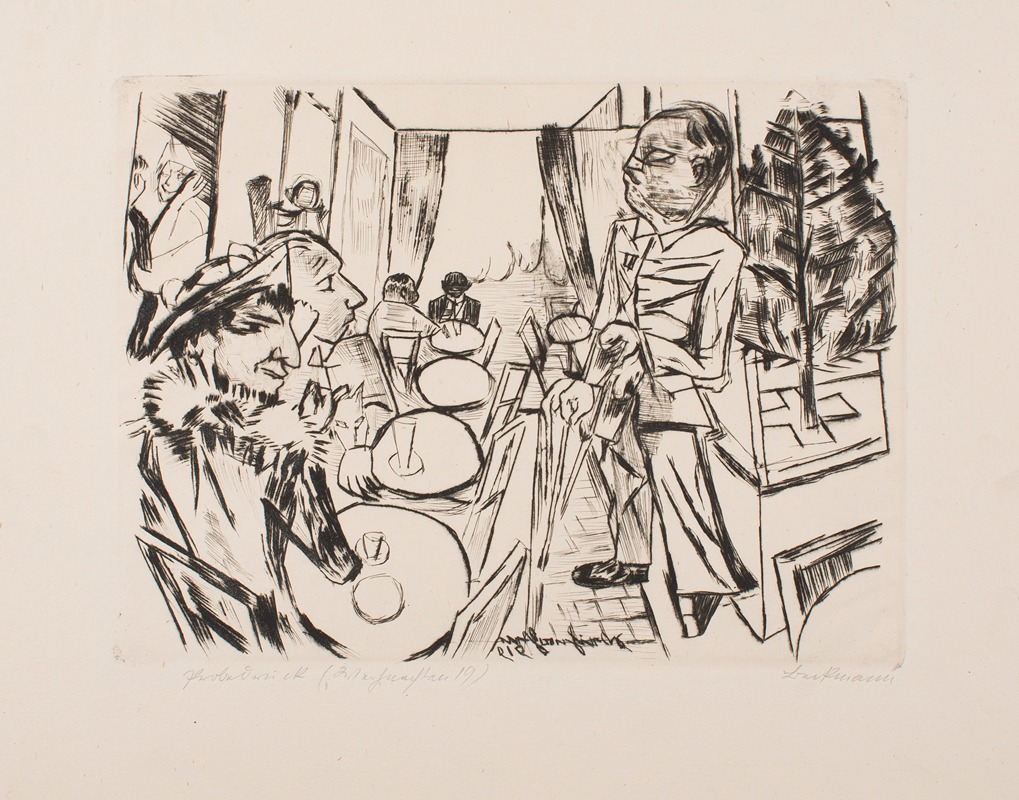
Christmas 1919
A hand-painted replica of Max Beckmann’s masterpiece Christmas 1919, meticulously crafted by professional artists to capture the true essence of the original. Each piece is created with museum-quality canvas and rare mineral pigments, carefully painted by experienced artists with delicate brushstrokes and rich, layered colors to perfectly recreate the texture of the original artwork. Unlike machine-printed reproductions, this hand-painted version brings the painting to life, infused with the artist’s emotions and skill in every stroke. Whether for personal collection or home decoration, it instantly elevates the artistic atmosphere of any space.
"Christmas 1919" is a painting by the German artist Max Beckmann, created in the aftermath of World War I. Beckmann, known for his expressionist style, was deeply affected by the war and the social upheavals that followed. This painting is a reflection of the tumultuous period and the personal struggles Beckmann faced during this time.
Max Beckmann was born in 1884 in Leipzig, Germany, and became one of the leading figures in the Expressionist movement. His work often depicted the chaos and complexity of human emotions and societal conditions. After serving as a medical orderly during World War I, Beckmann experienced a mental breakdown, which significantly influenced his artistic direction. He moved away from the more traditional styles he had previously embraced and began to explore more intense and dramatic themes.
"Christmas 1919" is a part of Beckmann's post-war oeuvre, characterized by a darker palette and more somber themes. The painting captures the mood of a society grappling with the aftermath of war and the uncertainties of the Weimar Republic era. The composition of "Christmas 1919" is marked by Beckmann's use of bold lines and stark contrasts, which are typical of his work during this period. The figures in the painting are rendered with a sense of tension and introspection, reflecting the artist's own experiences and the broader societal context.
The painting does not depict a traditional, joyful Christmas scene. Instead, it presents a more subdued and introspective view of the holiday, possibly reflecting the artist's disillusionment and the general sense of despair in post-war Germany. Beckmann's use of color and form in "Christmas 1919" conveys a sense of unease and contemplation, inviting viewers to reflect on the complexities of the human condition during times of crisis.
Beckmann's work, including "Christmas 1919," is often seen as a commentary on the human experience, exploring themes of identity, suffering, and resilience. His paintings from this period are characterized by their psychological depth and emotional intensity, making them powerful statements on the state of the world in the early 20th century.
"Christmas 1919" is housed in a private collection, and like many of Beckmann's works, it continues to be studied and appreciated for its artistic and historical significance. Beckmann's influence on modern art is profound, and his ability to capture the essence of his time through his unique style has cemented his place as a pivotal figure in the history of art.





